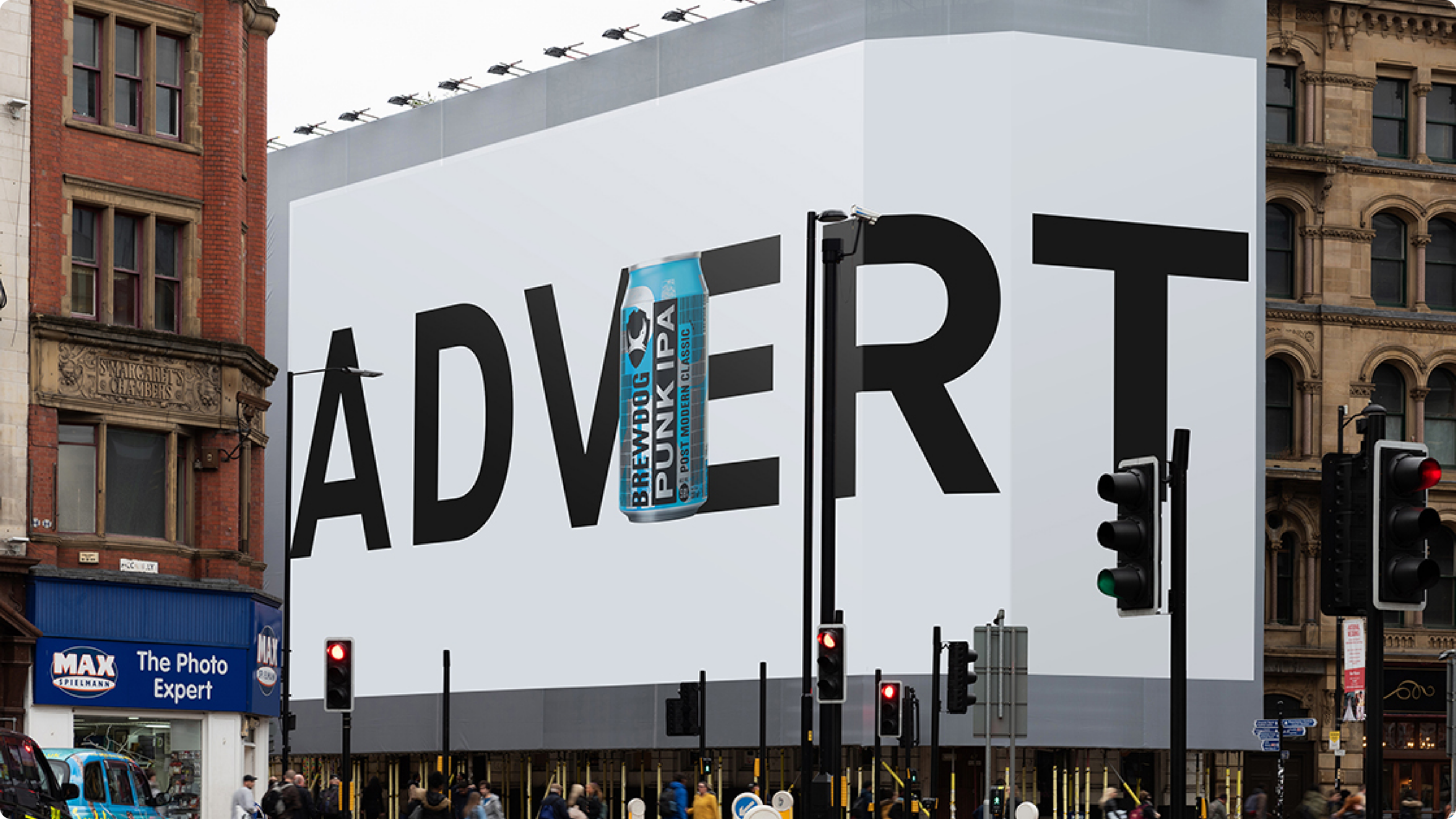Connecting Through Your Brand
Author: Tom Ellis
Date: 24.10.23
Read time: 2-3 minutes

In the ever-evolving world of branding, where the art of stirring emotions and forging profound connections with your audience reigns supreme Today, we delve into the intricacies of brand language and storytelling, the indispensable instruments in your branding toolkit. Now, let’s plunge headfirst into the intricacies of brand language and storytelling, the essential weaponry in your branding arsenal.
The Significance of Brand Language
The language you choose for your branding isn’t just a bunch of words strung together; it’s a potent tool for connecting with your customers. To forge a bond that lasts, you’ve got to adopt a tone of voice that not only resonates but is instantly recognisable to your audience.
But where do you begin, you ask? Well, it starts with a simple yet often overlooked step: understanding your audience. Listening to your audience is like hitting the bullseye in darts – it’s the simplest way to develop a brand language that truly speaks to them. You want your written content to grab them by the collar, make them feel like they’re part of a captivating conversation, and certainly not let them drift away after the first sentence.
So, how do you ensure you’re speaking their language? One word: reviews.
In 2022, a staggering 87% of consumers turned to Google to evaluate local businesses. They’re talking about your brand online, whether you’re tuned in or not. Imagine the treasure trove of insights waiting for you if you were listening. Amidst the digital chatter, you’re likely to find a common tone of voice in your customers’ positive reviews. Why not embrace that tone and make it your own?
Top Tip: Don’t just stop at embracing that tone; repurpose those glowing reviews. Feature them on your website or turn them into eye-catching graphics for social media. This not only plugs content gaps but also reinforces your tone of voice, builds trust with new customers, and cements that human connection.
But what if your brand is new or lacking substantial reviews? Fear not, my friends. You’ve got alternatives.
You can go straight to the source – your audience. Social media, the ultimate interactive tool, is your best friend here. Go live on video, run polls on LinkedIn, or spice things up with interactive Instagram stories featuring polls or questions. Direct feedback, in the precise language your audience prefers, can guide your branding decisions, particularly your tone of voice and your brand identity.
The Importance of Storytelling
Now that your brand language is as sharp as a well-crafted tagline, it’s time to embark on the journey of storytelling.
In this digital age, human connections are forged behind screens rather than in-store. Gone are the days when being a faceless brand was an option. With fewer face-to-face encounters, your human connection must emanate from the other side of that screen.
Define Your ‘Why’
Your brand’s story isn’t just a recitation of who you are and what you do; it’s about your WHY. What’s your brand’s mission? What sparked the fire to create your business? What are you passionate about? These are the questions that stir the deepest emotions in your customers.
Let’s take the example of a brand offering vegan products. It’s not just about being vegan; it’s about the WHY behind it. Your brand story might be rooted in ethical considerations or a commitment to promoting a healthy lifestyle. These reasons resonate with customers and guide their choices.
Establish Your Narrative
Now that you’ve got your ‘Why’ sorted, it’s time to tackle the ‘How’ of storytelling. Your tone of voice plays a significant role, but there’s more to it. Consider how you want to tell your story in the most engaging way possible. If long-form content like blogs and white-papers align with your brand and resonate with your audience, a dedicated ‘Our Story’ web page might suffice. Get those creative juices flowing, and start writing!
But remember, one size doesn’t fit all.
Consider both your brand’s image and your customers. Would visual storytelling better suit your brand? You can achieve this through carousel images on your website, social media, or both. And don’t forget the demographics of your target audience – younger readers and children tend to respond better to visuals.
So, when it comes to establishing a human connection, remember these three crucial elements: WHO, WHY, and HOW? Who are you? Why did you create your brand? How should you narrate your story?
If you’re inspired to build a brand that truly connects with your audience through the power of language and storytelling, we’re here to help. Whether you’re in need of expert guidance or have specific branding requirements, don’t hesitate to reach out.
More insights



© 2024 by Tom Ellis
Privacy policy
© 2024 by Tom Ellis
